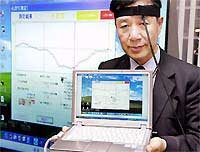From the depths of the ocean to the vast sky, nature has filled the Earth with incredibly diverse forms of life. Approximately 8 million species have adapted to their environments in various ways over millions of years of evolution. Yet, just 100 years after Karel Čapek coined the term “robot”, the biological capabilities of many species still far surpass human technology. However, we have developed methods to produce robots with human-like intelligence, capable of moving and operating smoothly in challenging conditions, as well as having the ability to reproduce – self-replicate.
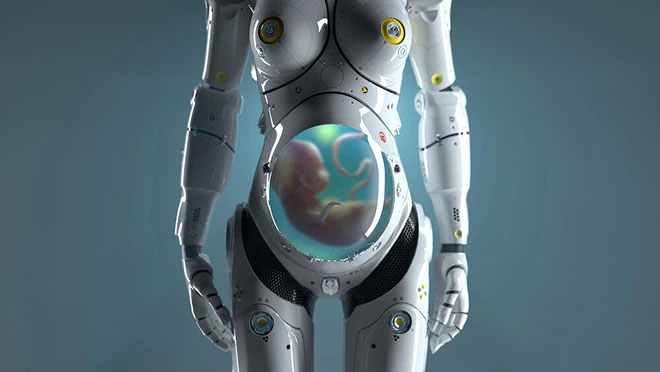
Can robots reproduce?
Can robots reproduce? This is an important aspect of “life”, a commonality among many living organisms. A research group from the UK and the Netherlands recently announced fully autonomous technology that could allow robots to reproduce, developing genetic codes over time to adapt to their living environments. Some controversial opinions refer to this as “artificial evolution.” The offspring robots are created by combining digital DNA from two parent robots on a computer.
The new genetic design will be sent to a 3D printer to create the robot’s body, after which a robotic arm will attach a brain programmed with software copied from the parent robots, along with new components like sensors, wheels, or joints determined by an “evolution” algorithm. A replica of every newly born robot is also created in a computer simulation.
This technology enables a new form of “evolution”: offspring can be created from the mating of traits from a “virtual” mother and a “real” father, combining the advantages of a simulated evolutionary process that is rapid but may not correspond to reality when compared to robots in real environments. The new generation of robots inherits the best from both forms of evolution: simulated and real-world.
While this technology can operate without human intervention, it also allows humans to participate in this “reproduction” process: just as humans have selectively bred crops, livestock, and plants since ancient times, we can also influence the selection of robots. One can imagine a not-so-distant future where robot farms emerge to produce large quantities of robots with traits suited to specific needs. They could be selectively bred for battery life or emission levels – much like humans have bred drought-resistant crops or created tastier ingredients.
These robot farms may face strict regulations and ethical issues similar to those encountered in the breeding of genetically modified crops, through measures such as a governance STOP button that allows for complete cessation of facility operations or limits on the supply of raw materials. Additionally, an important point to consider is the potential for the evolutionary process to produce robots with dangerous behaviors, necessitating precautionary measures.
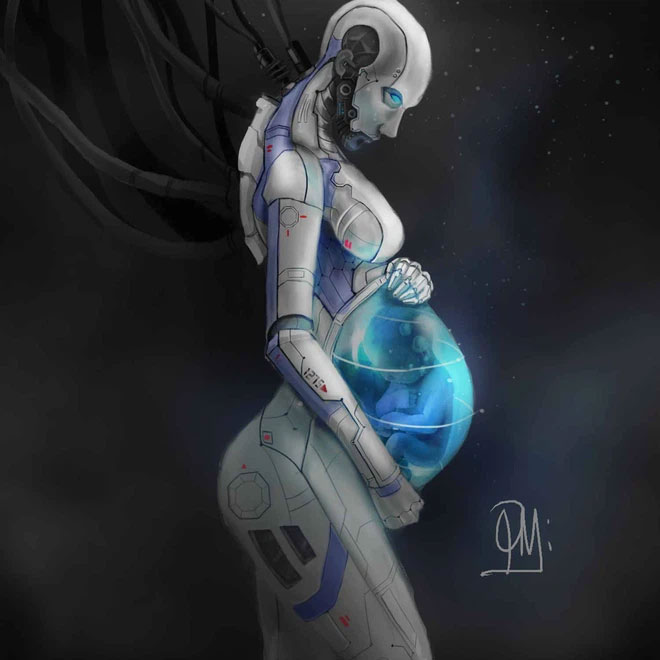
Offspring robots are created by combining digital DNA from two parent robots on a computer.
The idea of digital evolution – simulating biological evolution through software to create increasingly improved solutions – is not a new concept. In the 1960s, German engineers programmed computers to autonomously develop mechanical designs. Since then, “evolutionary algorithms” have been used to design everything from furniture to turbine blades. Humans only need to input the data to be optimized (for example, the power output of a turbine blade), and the software responds accordingly. In 2006, NASA sent a satellite into space with an antenna designed by artificial intelligence.
We are very close to a major breakthrough. While scientists are confident that digital evolution could become a powerful optimization tool, the creativity of computers in generating unique or novel designs that humans cannot conceive has become an intriguing topic. The creativity of nature in biological evolution is already evident. In the Cuban rainforest, through evolution, certain grape varieties have developed leaves shaped like satellite dishes to enhance sound waves produced by bats, guiding them to grape flowers and increasing pollination. In the frigid Southern Ocean, some fish produce antifreeze proteins to survive.
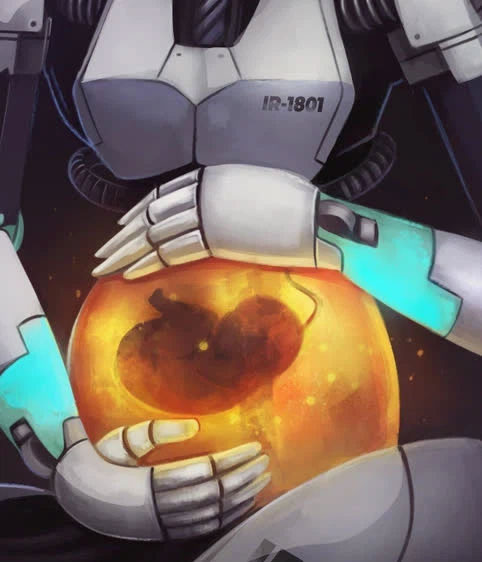
Robots will play an important role in our future, from healthcare to other dangerous jobs.
Digital evolution also offers countless creative examples. Tasked with figuring out how a six-legged robot could walk normally even when injured, the computer discovered numerous ways to move using just a few legs, or even no legs at all by crawling on its back!
Today, digital evolution is applied in many fields that seem exclusive to humans, such as artistic creation (even winning awards in art competitions where judges were unaware that the painting was created by an algorithm). This concept of digital evolution may sound similar to artificial intelligence, but it is actually a specialized research field within artificial intelligence.
The idea of simulating nature in the design of self-evolving robots is particularly appealing, especially in scenarios where humans have limited understanding of the environments in which robots need to operate – for example, deep-sea mining, waste processing in nuclear reactors, or using micro-robots for medical treatments inside the human body. Unlike natural evolution, which has the goal of “survival and reproduction,” artificial evolution can have more specific objectives. Once this evolutionary process is implemented with the aforementioned technology, a computer system could control 3D printers to create increasingly improved robot versions suited to operational environments. At that point, there could be combinations of robots capable of self-sustaining, reproducing, and evolving without human intervention.
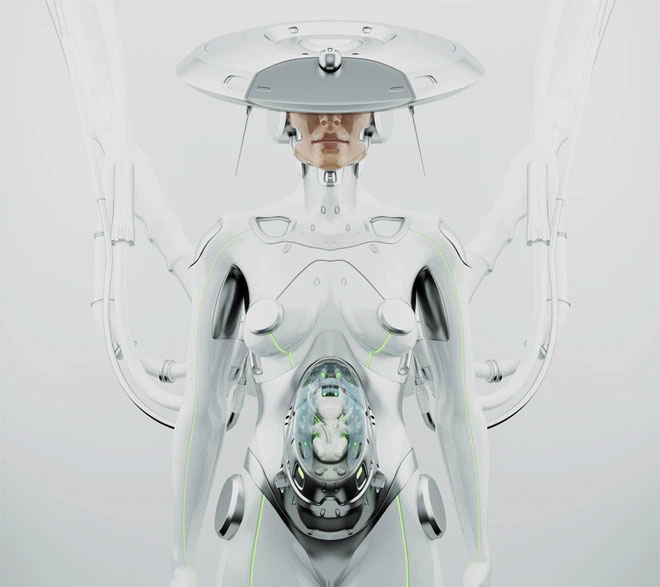
Creativity from artificial intelligence will produce new designs unbounded by human understanding of engineering, mechanics, and science.
This does not mean that humans will become redundant. The ability of digital evolution can create opportunities for collaboration between humans and machines, with humans providing the requirements while technology finds the solutions. For example, a person might request the creation of an energy-saving robot made from green materials tasked with handling heavy waste in a reactor, and the process of digital evolution will autonomously find the solution. Advances in manufacturing technology allow for the automation of mass prototype production, utilizing diverse materials such as bioplastics, playing a crucial role in simulating natural evolution without requiring millions of years.
While this may sound like science fiction, it is very practical. Robots clearly play an important role in our future, from healthcare to other hazardous jobs. We are depleting Earth’s resources at a rapid pace and causing numerous environmental pollution risks. Perhaps the creativity stemming from artificial intelligence will lead to innovative designs unhindered by human limitations in engineering, mechanics, and science.
From another perspective, until we discover signs of life beyond the universe, biologists only have one “system” to study evolution. Just as the Large Hadron Collider provides us with tools to research quantum physics, a reproductive system for robots may help us better understand life.
Translated from an article expressing the views of author Emma Hart. The article was published in The Guardian.








































